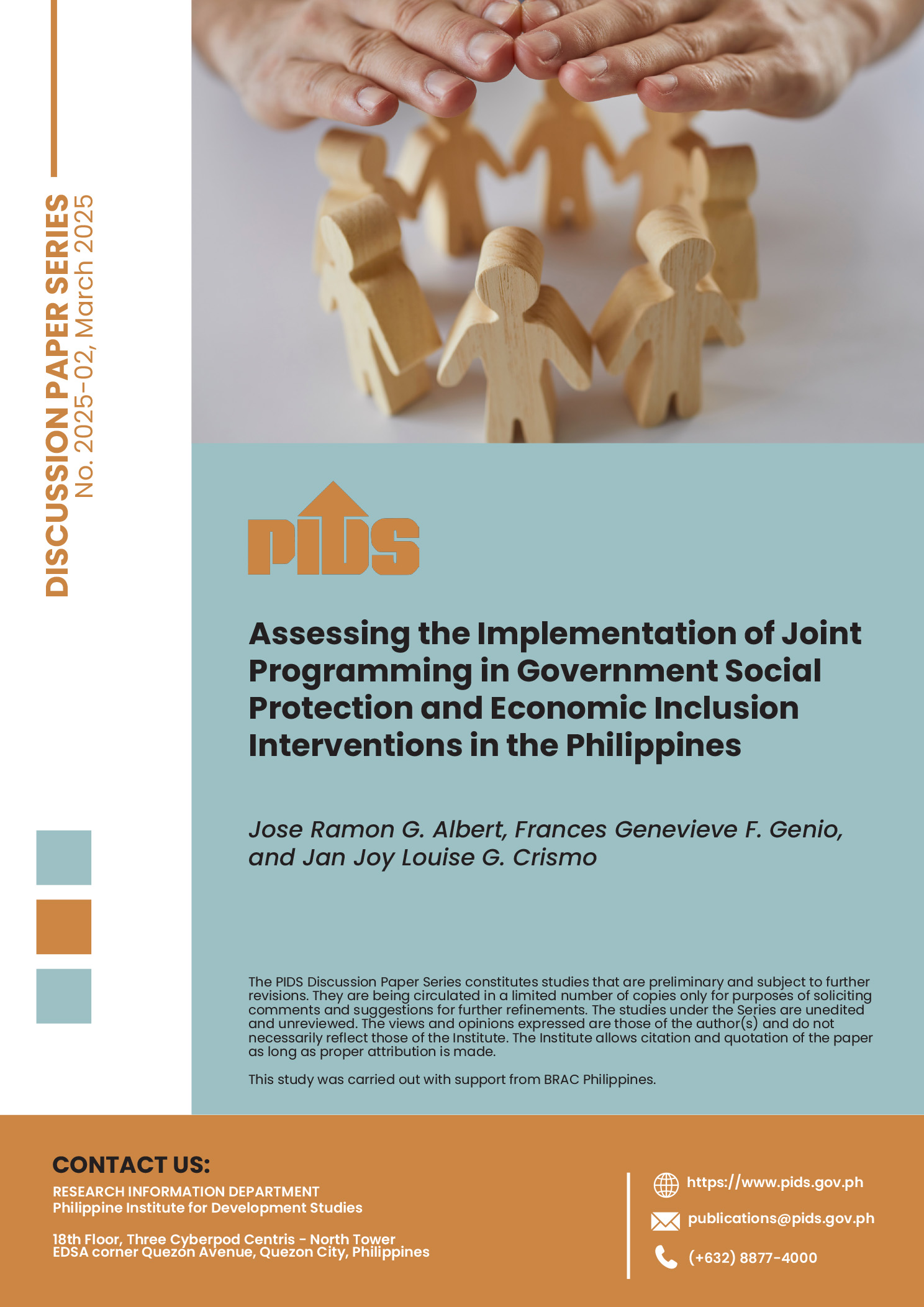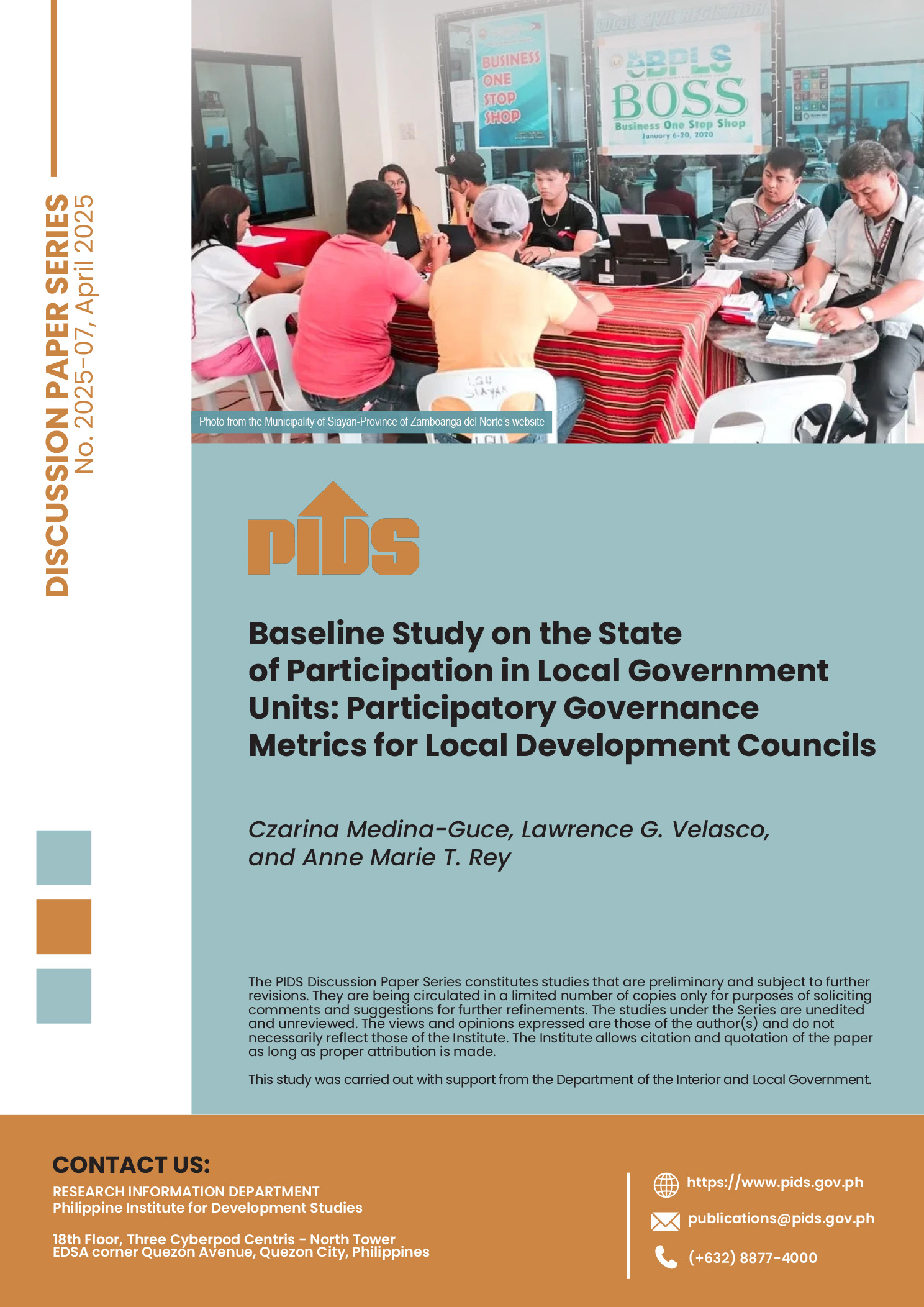MANILA, Philippines -- The number of children living in poverty in the Philippines continues to climb despite the country's recent economic gains, a study by a government think tank showed.
"Child Poverty in the Philippines” by the Philippine Institute for Development Studies estimated there were already around 13.4 million Filipino children -- "36 percent or more than one-third of all Filipino children aged below 18” -- living in poverty and deprived of adequate food, shelter, health, and education in 2009.
The study used data collected from national surveys and administrative records of various government agencies, PIDS said.
Aside from growing numbers, the study said the severity of poverty among Filipino children has also worsened through the years.
"Around 10 million of these children face at least two overlapping types of severe deprivation in basic amenities while an estimated .75 million face at least five kinds of deprivation simultaneously,” PIDS said.
In 2009, the study found that 4 million children "did not have access to sanitary toilet facilities while 4 million did not have access to safe water. Another 260,000 kids did not have decent shelter.”
And with "population growth, the lack of inclusivity of economic growth, and the exposure of the country to natural calamities, are expected to worsen child poverty within the next few years,” it warned.
At the same time, it explained that the problem of poverty "goes beyond mere lack of income or assets for these children's families. Their situation speaks of a roster of factors that range from lack of appropriate skills to inability to control fertility intertwined with lack of job opportunities and other economic problems.”
"There were 1.4 million children living in informal settlements, 6.5 million did not have access to electricity in their homes, and 3.4 million did not have means to access information,” Dr. Celia Reyes, PIDS senior research fellow and lead author of the study, said.
In education, the study found that "the percentage of students who were able to complete elementary and secondary levels (has) hardly improved.”
"Largely because of poverty, 5.5 million children are forced to work in 2011 to augment family income. These children are unable to pursue their education and this affects their ability to find better work opportunities in the future,” the study noted.
At the same time, the study found that "poverty in the country is largely a rural phenomenon” with three out of four children from poor families are living in rural areas.
Poor children from rural areas also accounted for eight of every 10 severely deprived of safe water and sanitary toilets.
The study found children’s conditions "dismal” in the Zamboanga Peninsula, Eastern Visayas, and the Autonomous Region in Muslim Mindanao.
While Reyes acknowledged that the "updated Philippine Development Plan recognizes the need to have spatial focus to address the specific needs of provinces and has identified priority provinces,” she also stressed that, "a more targeted approach will hopefully address the varying needs of children across the provinces.”
"In the Philippines, despite the country's recent economic progress, poverty continues to affect millions of families with young children. This is visible in the number of young ones who wander the streets in urban areas, scavenge for resources, or those who, at an early age, are forced to drop out of school to work to supplement their family income,” Reyes said.












